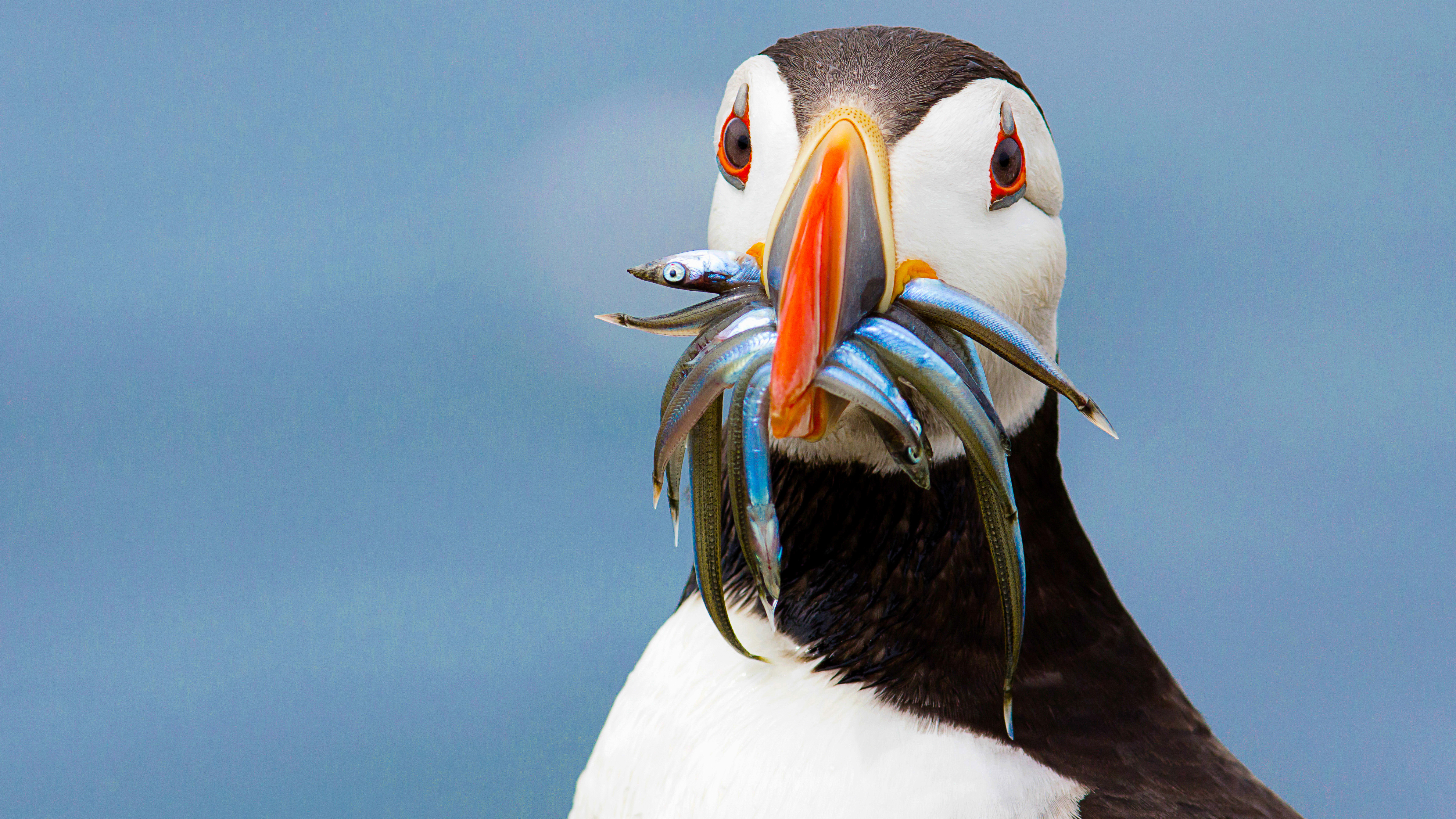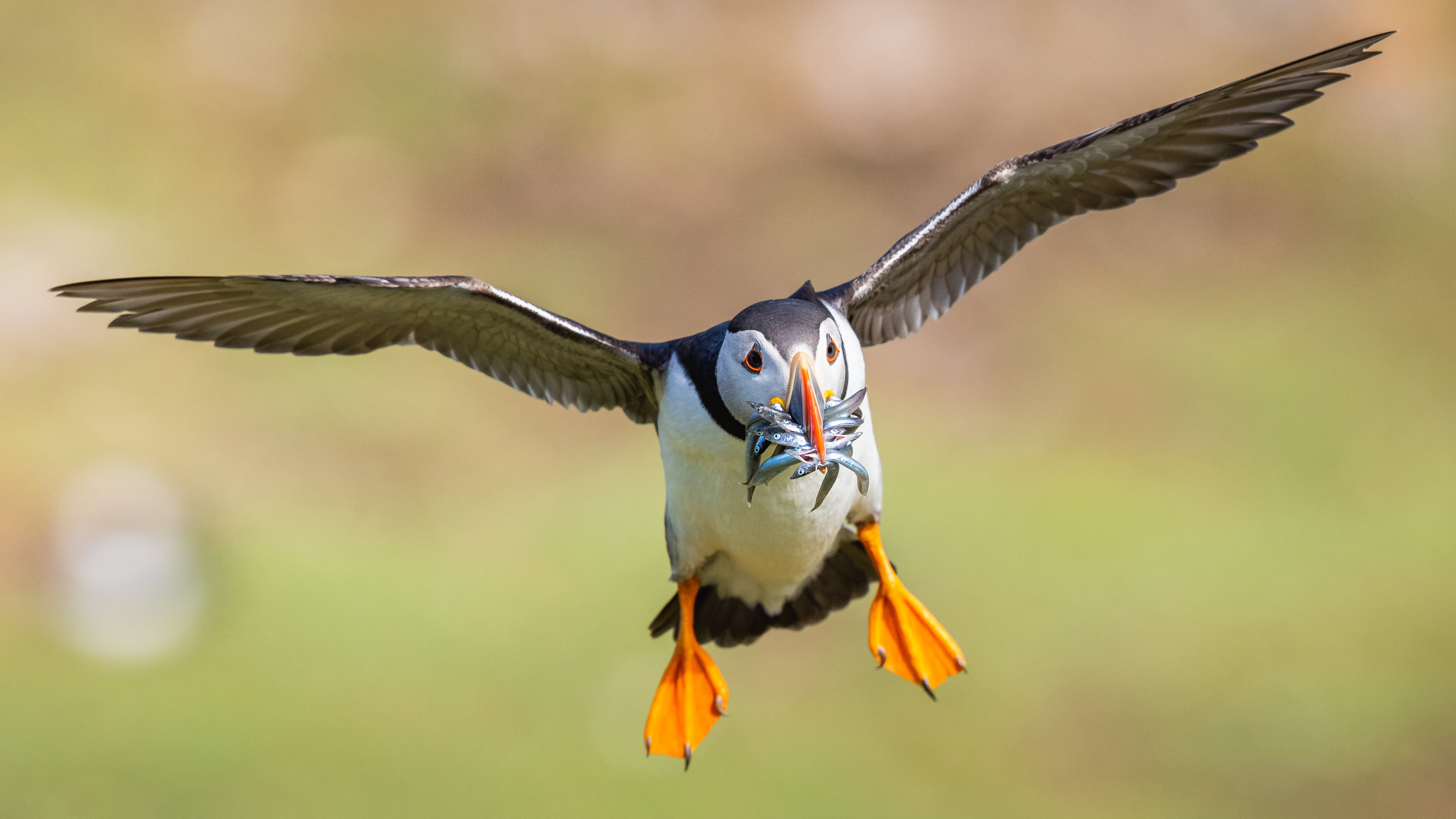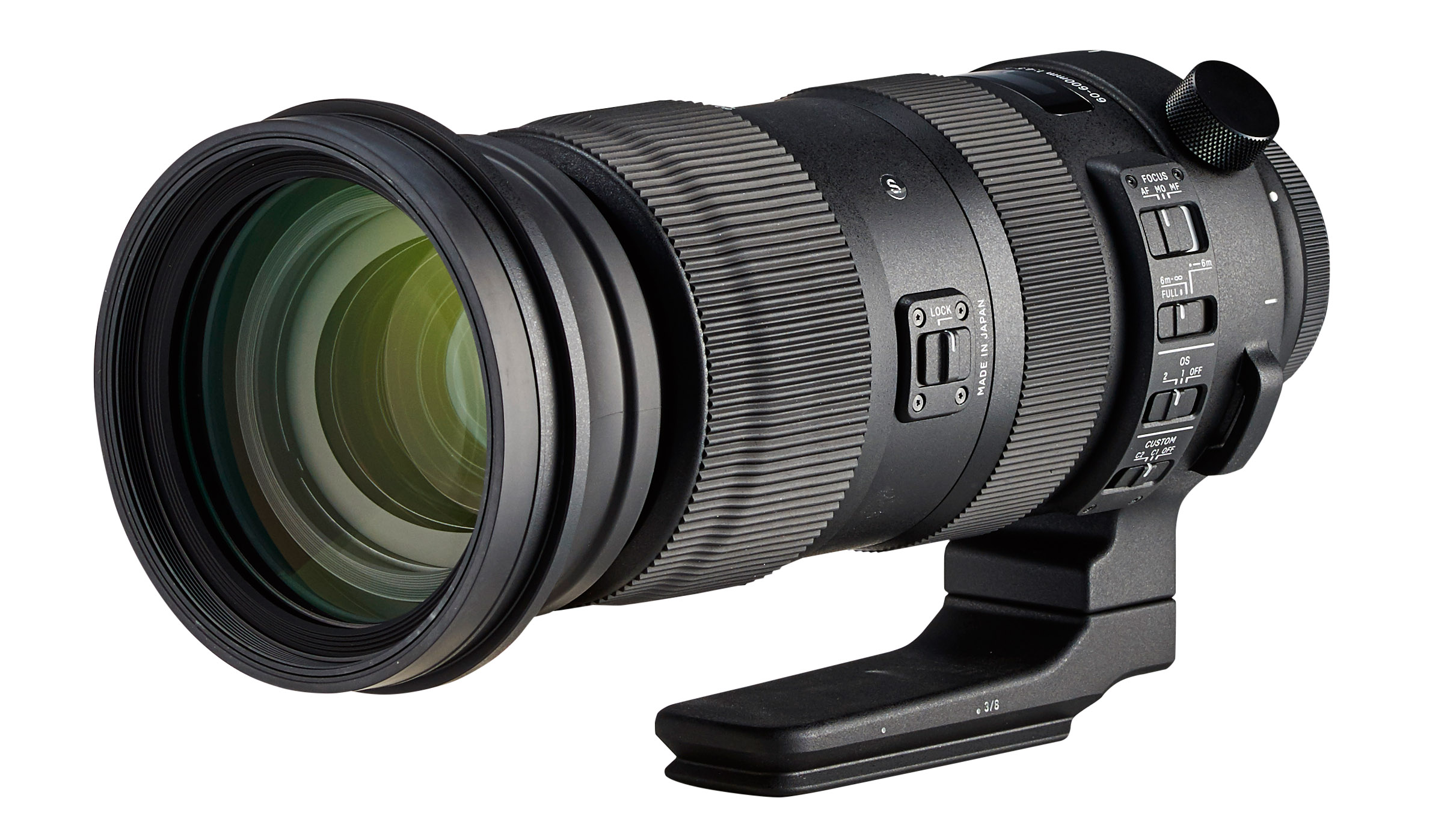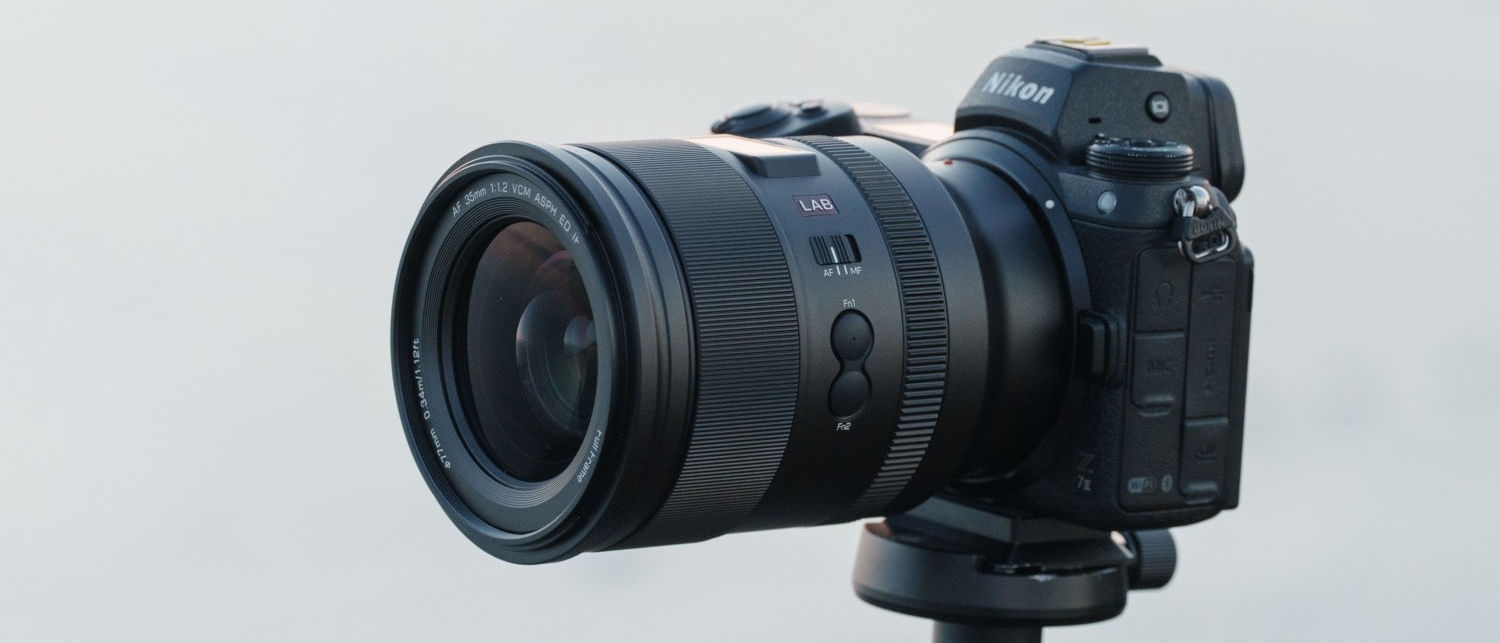How to photograph puffins
Your quick guide to photographing these tiny, comedic birds

If you’ve never seen a puffin before, prepare to be surprised by their diminutive size, impressed by their diving capabilities and amused by their colourful beaks and sad eyes. The UK has 580,000 breeding pairs of Atlantic puffin, which is one of the three types of Fratercula, as the genus is known. The other two are the Horned puffin, found off the coasts of Siberia, Alaska and British Columbia in the summer, wintering in California; and the Tufted puffin, also found in the north Pacific. The Atlantic puffin is the most distinctive, if smallest at 32cm long on average, thanks to its orange feet and brightly coloured beak.
The UK-based puffins like to nest in grassy burrows or crevices, in seaside cliffs, and are excellent swimmers which helps them capture small fish and, particularly, sand eels. You can find puffins at Dunnet Head, South Stack cliffs, Skomer Islands, the Farne Islands, the Orkney and Shetland Islands, though most Atlantic puffins are in Iceland where there are 10 million of them! The best time to photograph puffins is the breeding season, April-August, as this is when they spend the most time ashore.
Top tips for photographing puffins
1) Time your shot
The easiest shot is one where they are just outside the burrow but look for those coming in to land and especially, ones coming back from a successful hunt for food as their beaks can hold multiple catches.
2) Tracking AF
It’s much easier to capture an incoming bird if you have a tracking AF system, especially one designed for birds. Alternatively, use a single focus point and continuous focussing to follow it down to the ground.
3) Multiple captures
Shoot with a continuous or burst mode to get a range of shots as the puffin comes in to land. With those on the ground you can be more selective and have time to focus on the head. Use a fast shutter speed.
4) Beware overexposure
Puffins have a black body and a white chest, which is a recipe for blown highlights. Minimise this by always shooting in RAW to give yourself more latitude and possibly tweak the exposure compensation by -0.3EV or -0.7EV.
5) Open up the aperture
With a long telephoto, your maximum aperture may be f/5.6 or f/6.3 unless you have an expensive lens. This is fine, and should give enough depth of field for the puffin, while blurring out the background.
The best camera deals, reviews, product advice, and unmissable photography news, direct to your inbox!
Kit and settings
Sometimes you can get reasonably close to puffin burrows, but when they are in the crevices of cliffs, diving into the sea, you’ll need as long a lens as possible, so a zoom such as a 150-600mm is a perfect starting point. Also, if the light is dull, you may need to increase the ISO rating to keep the shutter speed up.
To get close to those little birds you need a big lens. Here are our guide to picking the best telephoto lens. Keep all your gear safe with one of the best backpacks.
Digital Camera World is the world’s favorite photography magazine and is packed with the latest news, reviews, tutorials, expert buying advice, tips and inspiring images. Plus, every issue comes with a selection of bonus gifts of interest to photographers of all abilities.

Wendy was the Editor of Digital Photo User for nearly five years, charting the rise of digital cameras and photography from expensive fad to mass market technology. She is a member of the Royal Photographic Society (LRPS) and while originally a Canon film user in the '80s and '90s, went over to the dark side and Nikon with the digital revolution. A second stint in the photography market was at ePHOTOzine, the online photography magazine, and now she's back again as Technique Editor of Digital Camera magazine, the UK's best-selling photography title. She is the author of 13 photography/CGI/Photoshop books, across a range of genres.
You must confirm your public display name before commenting
Please logout and then login again, you will then be prompted to enter your display name.



